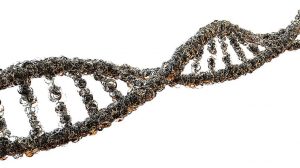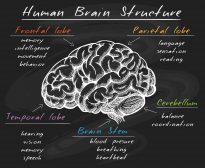Definition
adjective
Of, pertaining to, about, or describing that which descended from a single ancestral species
Supplement
The term is used to describe a phylum (or a group of taxa) in terms of evolutionary origin or phylogeny. Thus, the phrase “monophyletic group” pertains to a group of organisms (usually species) that are more closely related to each other than any other group. This, therefore, implies that they descended from a common ancestor. Typically, the monophyletic groups possess characteristics that they commonly share with one another as they inherited them from a common ancestor. Apomorphy (i.e. a derived trait) that is shared by two or more taxa and derived from the most recent common ancestor is referred to as synapomorphy. It is the basis used to define monophyly (i.e. a condition of being a clade). Synapomorphy identifies the most recent common ancestor of a monophyletic group in a cladogram (phylogenetic tree).
Other related terms are polyphyletic and paraphyletic. In particular, polyphyletic can be used to describe a group of organisms that descends from multiple ancestral lineages (thus, “poly”). Paraphyletic, in turn, is a term that may describe a group of organisms that does include some but not all of the descendants from the common ancestors. While monophyletic groups are based on synapomorphy, polyphyletic groups are based on convergence and paraphyletic groups, in turn, are based on symplesiomorphy.
An example of a monophyletic group is one that is comprised of humans, apes, and new world monkeys, as they share the most common recent ancestral group, which is the old-world monkeys.
Compare:
• polyphyletic
• paraphyletic
See also:
• Phylogenetic
• Taxonomy
• Synapomorphy







